
Bainbridge was formerly the administrative centre of the medieval Forest of Wensleydale, and the magnificent Bolton Castle near Leyburn dominates the valley to the east. The area is famous not only for its beautiful landscape, but also it world famous cheese, and as the backdrop to the Television series ‘All Creatures Great and Small’.
Bainbridge Archaeology Project


Community Archaeology Nottinghamshire, Community Archaeology Derbyshire, Community Archaeology Leicestershire, Community Archaeology East Midlands, Mercian Archaeological Services Community Archaeology for Nottinghamshire, Derbyshire, Sherwood Forest, Leicestershire and the East Midlands. Community Archaeology Nottinghamshire, Community Archaeology East Midlands, Community Archaeology Leicestershire. Archaeological
The Bainbrige Slight Univalate Hillfort, Late Bronze age to Iron Age, viewed from the South. LiDAR Composite DTM -
Photograph taken on the hillfort looking north across part of the site and across Wensleydale valley
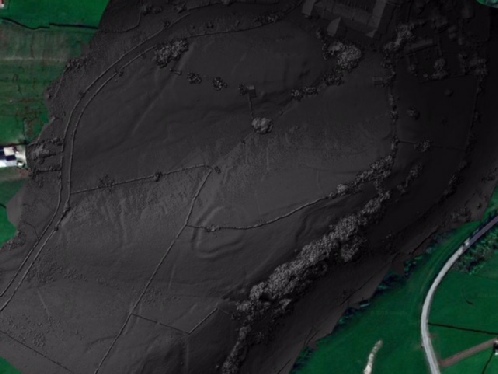
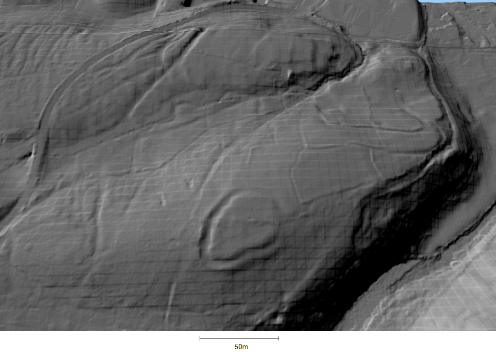
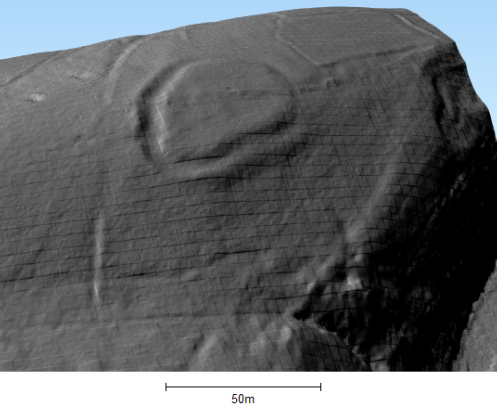
The Bainbrige Slight Univalate Hillfort, Late Bronze age to Iron Age, viewed from the South-
Photogrammetric survey from a drone, undertaken by Yorkshire Archaeological Aerial Mapping, http://www.yaamapping.co.uk/
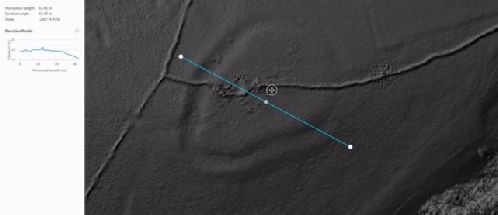
Photogrammetric survey from a drone, showing cross-
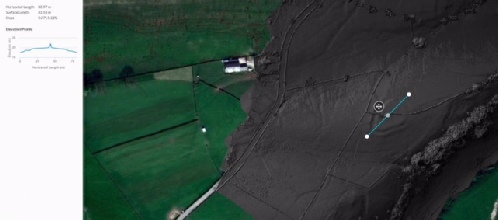
Photogrammetric survey from a drone, showing cross-
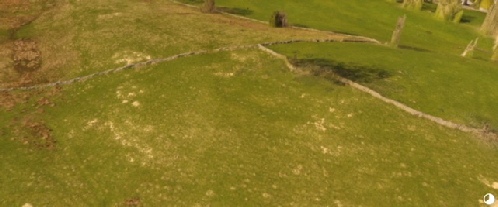
Photogrammetric survey from a drone, undertaken by Yorkshire Archaeological Aerial Mapping, http://www.yaamapping.co.uk/
Bainbridge slight univallate hillfort -
Due to the very rare status of Slight Univallate Hillforts, and particularly one located so far north, the Bainbridge site is protected as a Scheduled Monument.
The following entry comes from the Scheduled Monument listing for Bainbridge Slight Univallate Hillfort:
“Slight univallate hillforts are defined as enclosures of various shapes, generally between 1ha and 10ha in size, situated on or close to hilltops and defined by a single line of earthworks, the scale of which is relatively small. They date to between the Late Bronze Age and Early Iron Age (eighth -
“Although the enclosing bank and ditch at this site have been affected by later agricultural works, leaving them partially levelled or in-
The entry gives further details about the site itself:
“This hillfort is situated on a natural spur above the River Bain. It is oval in plan, 41m in diameter overall and enclosed by a single ditch averaging 6m wide and 1m deep at its deepest point on the west edge. It becomes less distinct on its east side and near the field wall which bisects the site, where it is barely visible. An outer upcast bank is very distinct on the west side where it stands 1.2m above the base of the ditch. Much of this bank has been ploughed out on the north east and east sides and merges with the slope to the south and north. Excluded from the scheduling is the modern field wall which traverses the monument, although the ground beneath it is included”.
https://historicengland.org.uk/listing/the-
The fields surrounding the hillfort are rich with archaeological remains including field boundaries, earthworks of building platforms, a possible Roman road, and many other elements waiting to be discovered and recorded.
To the northeast of the site across the steep valley of the River Bain is the remains of Bainbridge Roman fort and annexe, another Scheduled Monument https://historicengland.org.uk/listing/the-
The village of Bainbridge was the administrative centre for the Forest of Wensleydale in medieval times, and a foresters horn is still ceremonially blown every night in the local pub from Holyrood (27th Spetember) to Shrove Tuesday https://www.wensleydale.org/Wensleydale/OurVillages/Bainbridge.aspx
In more recent times the area was famous as the picturesque backdrop to BBC TV’s “All creatures Great and Small”, and the antics of Veterinarian James Herriot. The next door village of Askrigg was the location of Skeldale House, where vet James Herriot lived https://www.wensleydale.org/Wensleydale/OurVillages/Askrigg.aspx
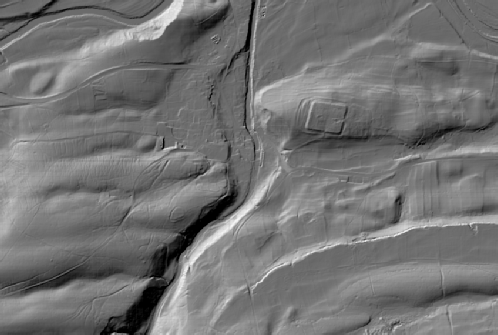
Bainbridge Univallate hillfort with the later Roman Fort situated on the hill to the northeast. LiDAR Composite DTM -
Fieldwork has begun at the site in 2018 with a topographic survey by Mercian, as well as LiDAR analysis and other desk-
Alongside this a photogrammetric survey was very kindly undertaken in May 2018 by Tony Hunt of Yorkshire Archaeological Aerial Mapping ( http://www.yaamapping.co.uk/). Some of the results can be seen below.
Come and undertake a Topographic Survey at the site of a
Late Bronze Age to Early Iron Age Slight Univallate Hillfort and surrounding multi-
Bainbridge, Wensleydale, North Yorkshire.
Thursday 22nd, Friday 23rd and Saturday 24th November 2018.
£20 per day or £50 for all 3 days.
This is a real hands-
Mercian Archaeological Services CIC
Specialists in Community Archaeology, Public Involvement, Research & Training
Community Archaeology Nottinghamshire, Excavation, Research, Volunteering, Community Archaeology Derbyshire, Training, Social, Learning, Community Archaeology Leicestershire, Heritage, Involvement, Belonging, Knowledge sharing, Community Archaeology Lincolnshire, Topographic Survey, Talks and Presentations, Outreach, Archaeology Projects , Open Days, Schools, Finds Processing, Day Schools, Field Schools, Young People, Archaeology and History of Sherwood Forest, Pottery Research, Medieval, Roman, Prehistoric, Community Interest Company, Community Archaeology Nottinghamshire.
Community Archaeology in Nottinghamshire
Community Archaeology in Derbyshire
Community Archaeology in Leicestershire
Community Archaeology East Midlands
Community Archaeology in Lincolnshire
© Mercian Archaeological Services CIC 2013. Registered Business No. 08347842. All Rights Reserved.
